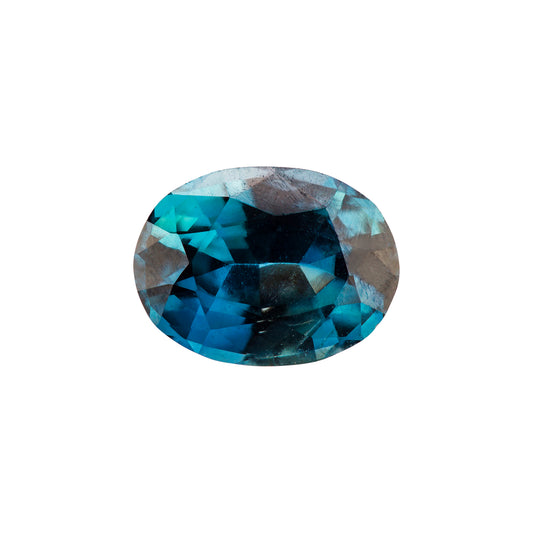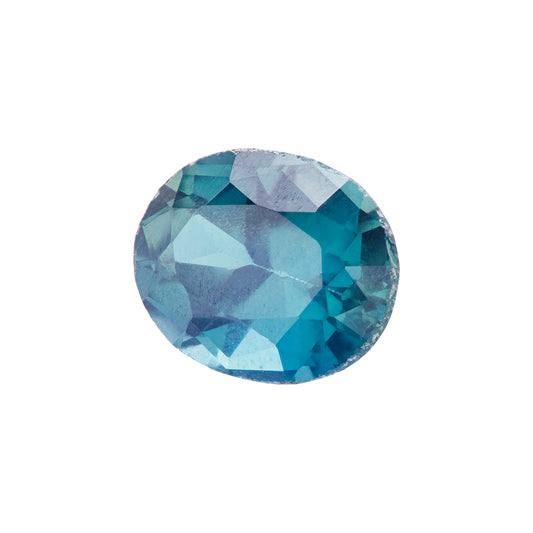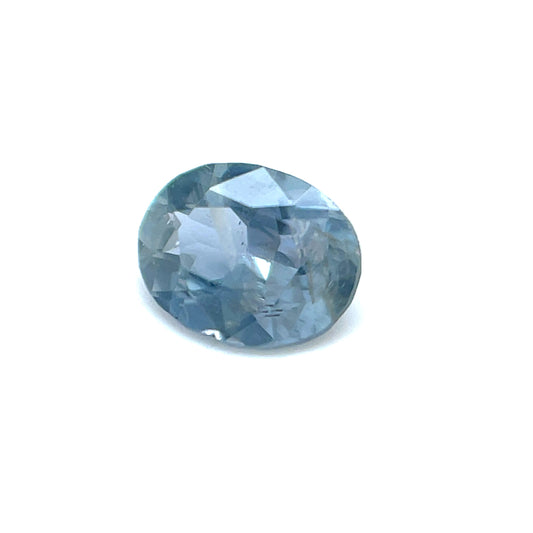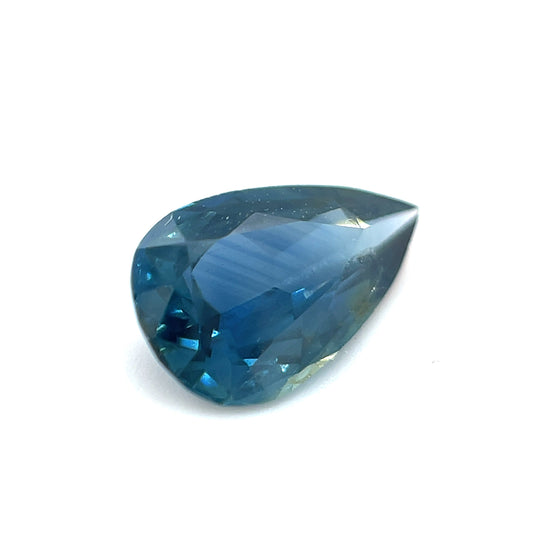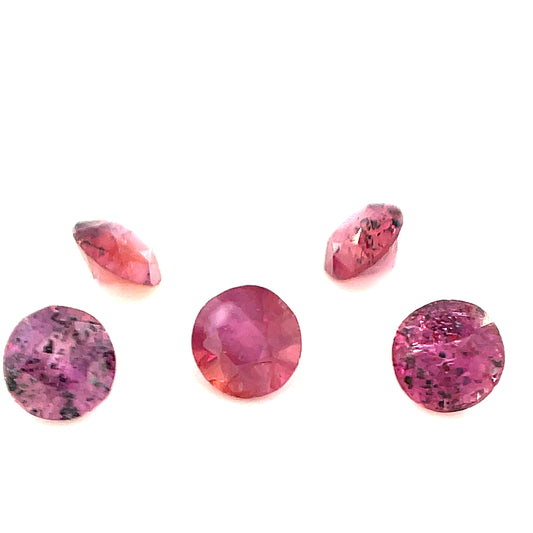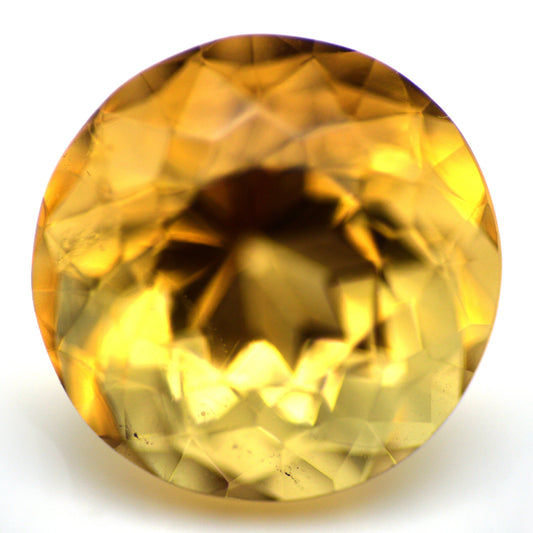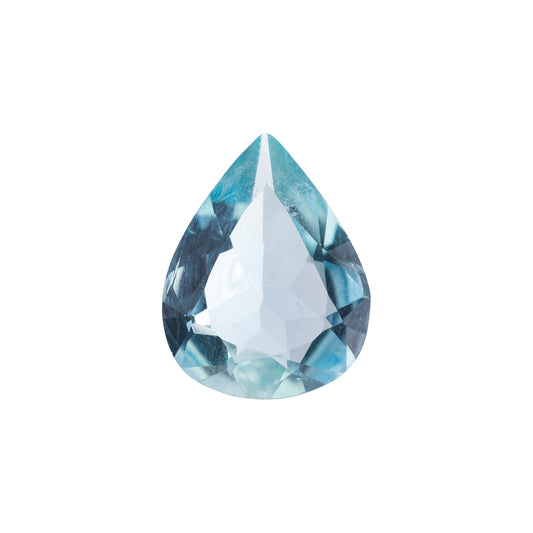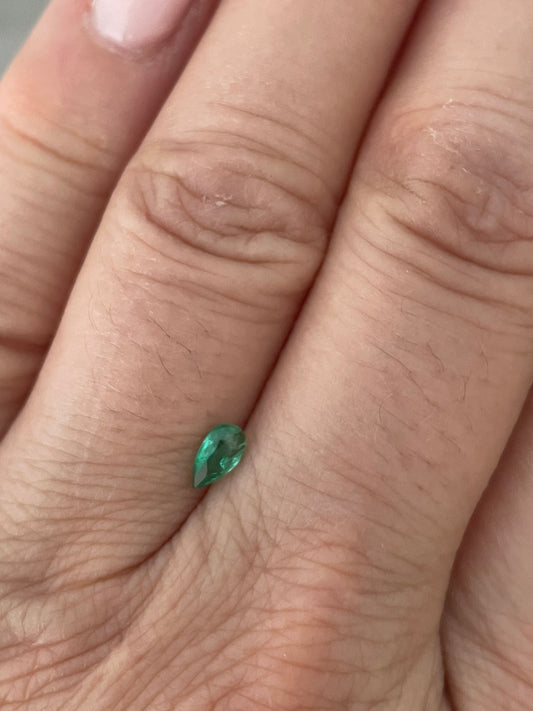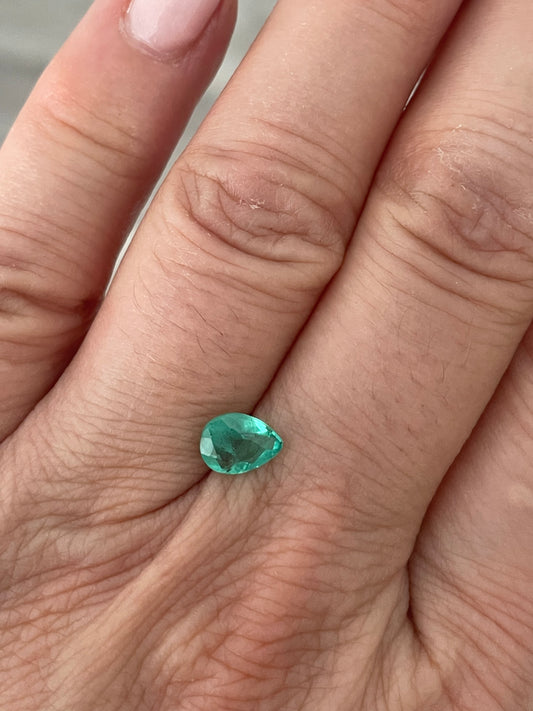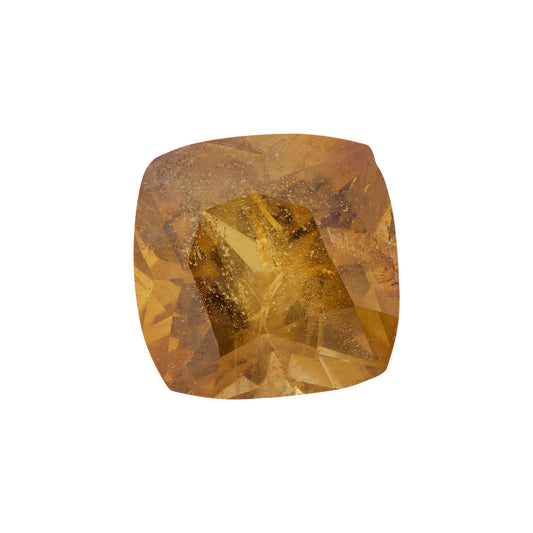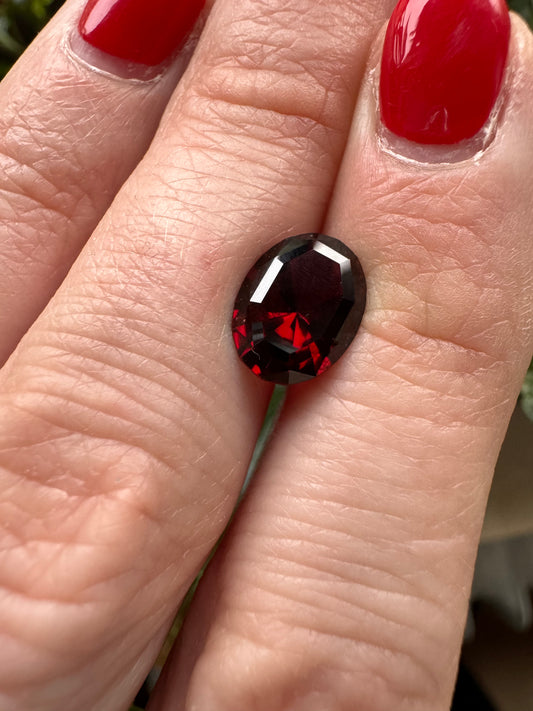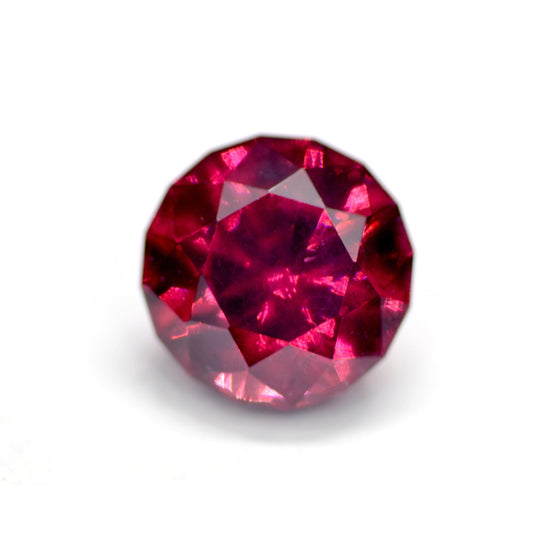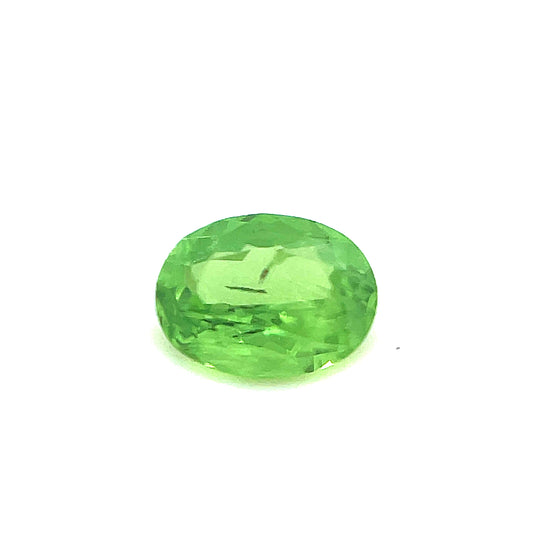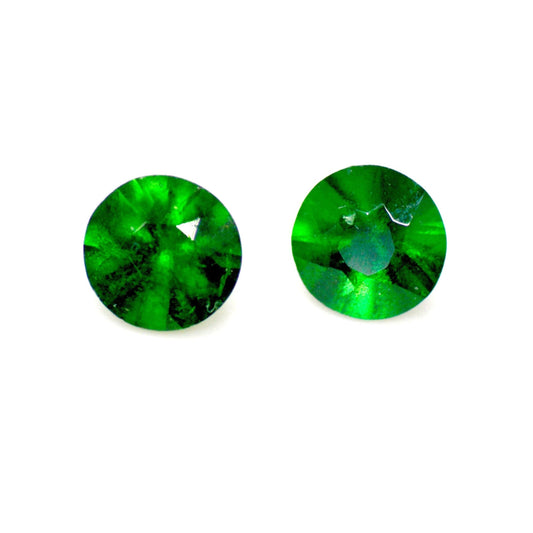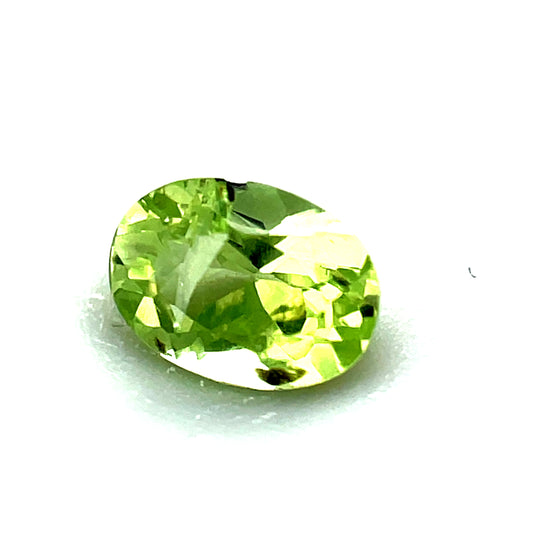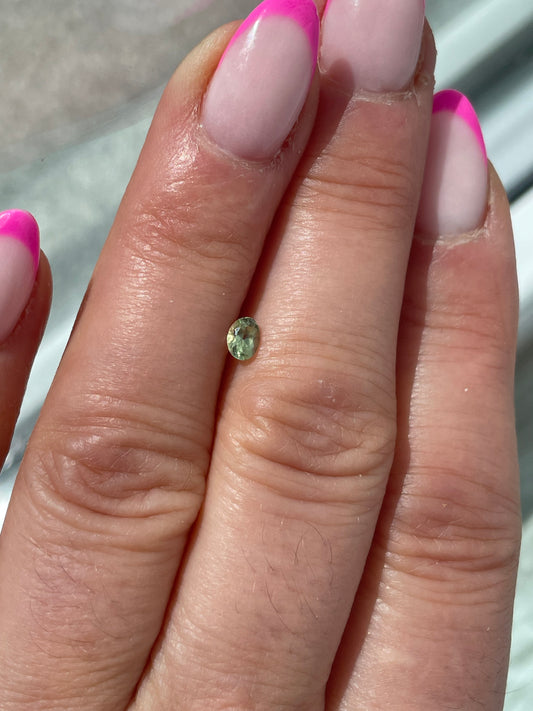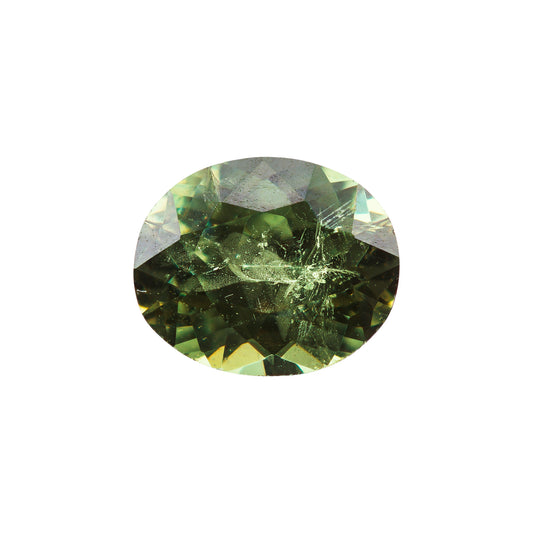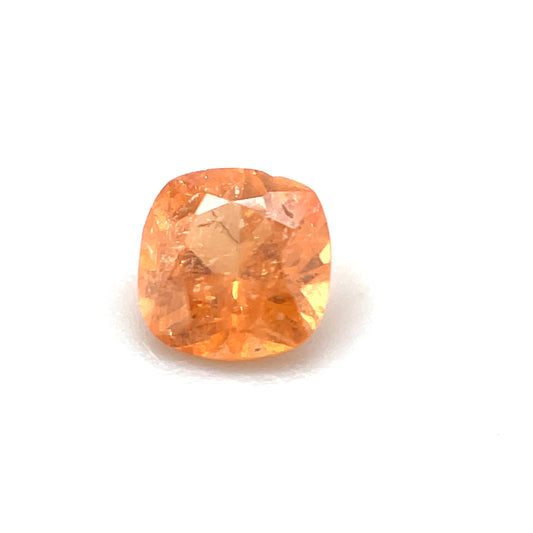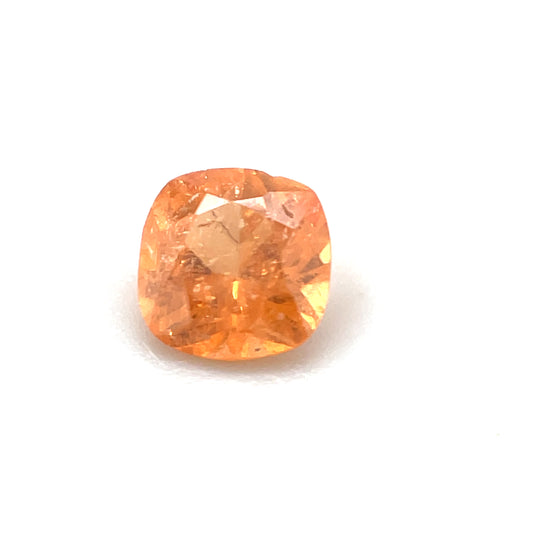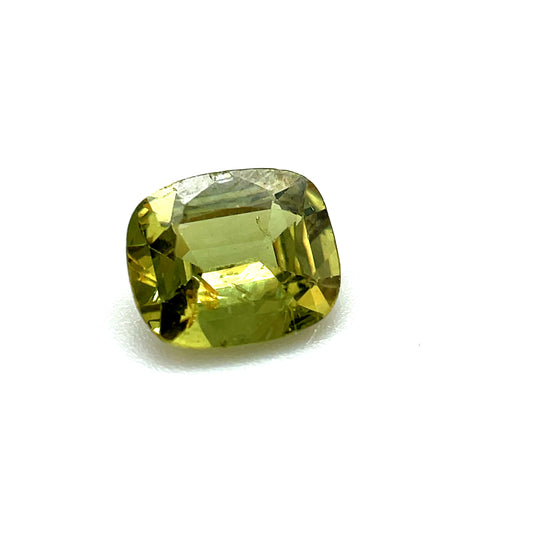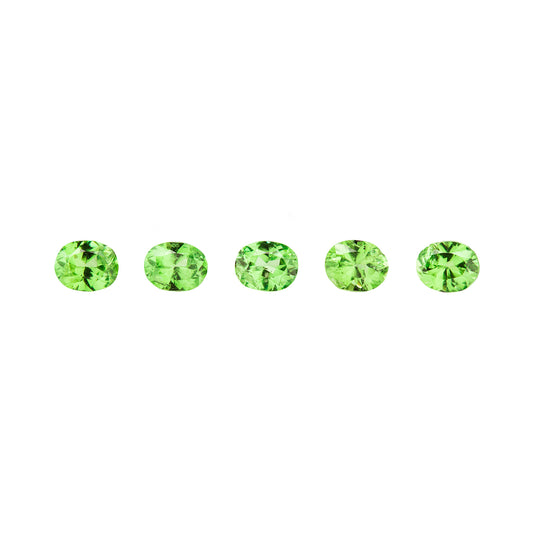According to experts, Madagascar has some of the richest undeveloped gemstone resources in the world. Rubies and sapphires in particular are very common on the island.
In order for gemstones to develop, special conditions must be in place. In addition to high pressure, temperatures also play an important role.
In this article, we explain why the conditions in Madagascar are particularly favourable for the formation of gemstones and why it is the country with the most gemstones in the world.
How are gems formed
When we hear the word mineral, we don't necessarily think of gemstones. However, they are exactly that: particularly rare and precious minerals. There are around 5,000 different minerals, only around 100 of which are gemstones. They differ in composition in their very symmetrical internal structure, which gives them hardness, as well as in their great purity. In addition, gemstones are characterized by inclusions, which are often an indication of their naturalness.
It takes a combination of pressure, heat, and time to form a gem from within the earth.
A diamond, for example, can only form at temperatures above 1,000 degrees Celsius and an atmospheric pressure of around 40,000 bar - conditions that are only found deep in the earth's interior.
Gemstones can form in three main ways:
Gemstones from Magma
A gem can be formed from liquid magma. A distinction is made between various factors, such as the cooling location. Thus, the stone can be formed in the earth, in magma, above the earth during volcanic activity or in underground passages. How exactly the stone is composed is decided during crystallization, which begins as soon as the magma cools down slowly. The smallest parts in the mass can no longer separate from each other, uniform atomic lattices are formed.
Gemstones from sediments
Areas with liquid, mineral solutions are always hidden in the interior of the earth. When these evaporate, gemstones can also crystallize out. Opals, for example, are formed in this sedimentary way.
Gemstones from metamorphoses
During metamorphic formation, the temperatures and pressure conditions in already existing rock strata change. New magma penetrates rock formations and previously solid mineral layers are restructured. Just like that, layers with uniform chemical compositions are formed. This is how emeralds are formed.
The layers of rock are brought to the surface of the earth by volcanic activity. It is mostly coincidence where precious stone deposits are found. Many precious stones can be found, for example, in mountains, that is in mounds in the earth's crust.

Insight into gem mining
Information about Madagascar
Today Madagascar is the fourth largest island in the world. It is located in the Indian Ocean, about 400 kilometres off the coast of Southeast Africa.
Our continents used to look different than we know them today. Millions of years ago, Madagascar was still connected to the African and Indian continents. Due to a shift in the tectonic plates, Madagascar broke away from the great land mass more than 150 million years ago and has become the Indian Ocean island as we know it today.
Due to the isolation from the rest of the world, a unique flora and fauna developed that cannot be found anywhere else on earth. The island's wild life has been relatively undisturbed for a long time. The first settlement by humans is estimated to have occurred around 350 BC., but only the arrival of seafarers in the 8th century can really be proven.
Formerly an independent kingdom, the island became a French colony in 1886. Madagascar regained its independence in 1960.
Nature in Madagascar
In the centre of the island lies a mountain range with mountains over 2,000 meters high. The rest of the country, on the other hand, is rather flat. Originally, almost the entire area of the island was covered by forests, but the forests have shrunk over the years due to clearing for agriculture and mechanical gem mining.
Fertile soils for intensive agriculture are mostly found in the northern regions, which are of volcanic origin. Among other things because there is significantly more precipitation here than in the dry south of the island.
Often the nutrient-poor soil comes to light, which is bright red in many places. This red laterite soil is a product of weathering, with the surface rocks slowly decomposing. Above that is a thin, fertile layer of soil, which is being progressively washed away because farming is too intensive. This erosion of the soil makes it increasingly difficult to practice farming.
In the north you can discover many volcanic cones. In addition to the volcanic craters, hot thermal springs also show the island's volcanic past.

In northern Madagascar
The economy of Madagascar
In the past, Madagascar's economy was dependent on agriculture. The island is the world's largest producer of vanilla and accounts for up to 80 percent of world production.
The discovery of gemstones in Madagascar, on the other hand, is still quite new. The first finds were made as early as the colonial era, but at that time there was little interest from abroad. So, there was no incentive for the locals to give up farming for mining.
That changed in the 1990s, when the gemstone mines in Thailand that were common at the time began to dry up and Myanmar was blocked by the military. After some small gem finds in southern Madagascar in the early 1990s, a massive sapphire deposit was discovered in the small village of Ilakaka in 1998, sparking a gem rush.

Vanilla pods just before harvest
How good is Madagascar's location for gemstone formation?
Madagascar is considered to be the location with the world's most diverse minerals. The potential is almost unlimited: The gemstone production area for sapphires and rubies alone is more than twice the size of Sri Lanka and Myanmar combined.
Many buried mineral resources are hidden beneath the surface. For example, a large part of the world demand for graphite is covered by Madagascar alone. But also commodities as chromium, nickel and petroleum can be found under the earth's surface.
There is a geological explanation for why gemstones are particularly common in Madagascar: on the one hand, the shifting of the tectonic plates plays an important role here. Grinding the slabs together created the pressure needed to form gemstones. The heat required was generated by volcanic activity found where plates meet.
Volcanism used to be very distinct in Madagascar, which is reflected in the many volcanic cones in the north of the island. The layers of rock are brought to the surface of the earth by volcanic activity. Also of importance here are pegmatites, large granitic melt zones that have been pushed up from the earth's interior.
Over the earth's history, they cooled down only slowly. This long period of cooling allowed the various components of the melt to separate from one another and can thus be found in pure, often even crystalline form.
In Madagascar, the pegmatites frequently reach the surface, making mineral extraction easier than in other places.
One should also not forget the fact that Madagascar was uninhabited for a very long time and nature was able to develop here undisturbed for a long time. This also meant that the mineral deposits could develop completely.
In the meantime, the veritable mineral boom is a threat to the ecological balance in Madagascar. Incidentally, this is one of the reasons why the gemstones at MIADANA are mined in the most environmentally friendly way possible. We have put together more about this in the article What does fair mean at MIADANA.


